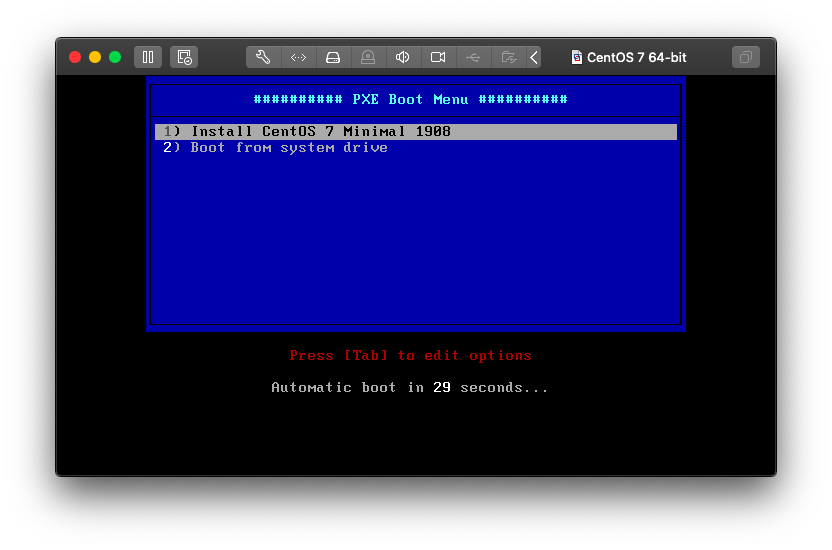

We will be needing only the undionly.kpxe file, so lets compile it. We need to define dhcp so that the host gets the IP and information from the DHCP server. Notice the shebang indicating that this is an iPXE script. You can put your menu into it, but I’d recommend serving the menu itself via HTTP, as it makes edits far easier and you don’t have to recompile and replace the package in TFTP. In the src folder in the repo we cloned, there should be a file called boot.ipxe that we need to modify. Sudo apt install build-essential liblzma mkisofs perl xz-utils mtools liblzma-dev git In my case, my Windows server running IIS is located on IP 10.1.69.5. Compiling our iPXE binaryįirst thing first, we need to know which domain/IP address will the serving our files. Your setup may wary, but same things apply. It will be a frustrating process, but once you get it working, you’ll see how wonderful it is. Do not try to boot ISOs, it will look like things work, only for it to crash. You’ll spend most of your time trying to figure out why something is not working.

IPXE is very powerful, but very hard to learn.

This exists only because there’s barely any iPXE information that explains in one page how to get the whole thing running. This is an experimental home lab setup and should not be used in production. This guide is using Windows Server 2016, WSL Ubuntu, Mikrotik RB751U-2HnD and VMWare Workstation. This has the consequence that the TFTP daemon must be run with a different user than "nobody" (as it does by default), otherwise it would not have write rights on the /tftpboot directory, so we create a specific user "tftpserver" that also belongs to the group "asterisk", and we add the -user tftpserver parameter.Īside from firewalling access to the TFTP port with iptables to allow access only from the phones' IP range, we apply no further protection as the TFTP daemon cannot cross the boundaries of the directory specified in the -s parameter, in this case a dead end /tftpboot.Network booting CentOS 7 via iPXE PXE bootstrapping and Windows IIS the user entered data in the local directory) for subsequent retrieval when provisioning, and is very helpful to recover that end user generated information in case of a factory reset. Some of them attempt to upload files (e.g. We also usually enable the -c / -create option to let the phones save files on the /tftpboot folder. If the standard verbosity obtained with –verbose is insufficient, the shorthand -v can be specified multiple times ( -vvv) to increase verbosity.


 0 kommentar(er)
0 kommentar(er)
